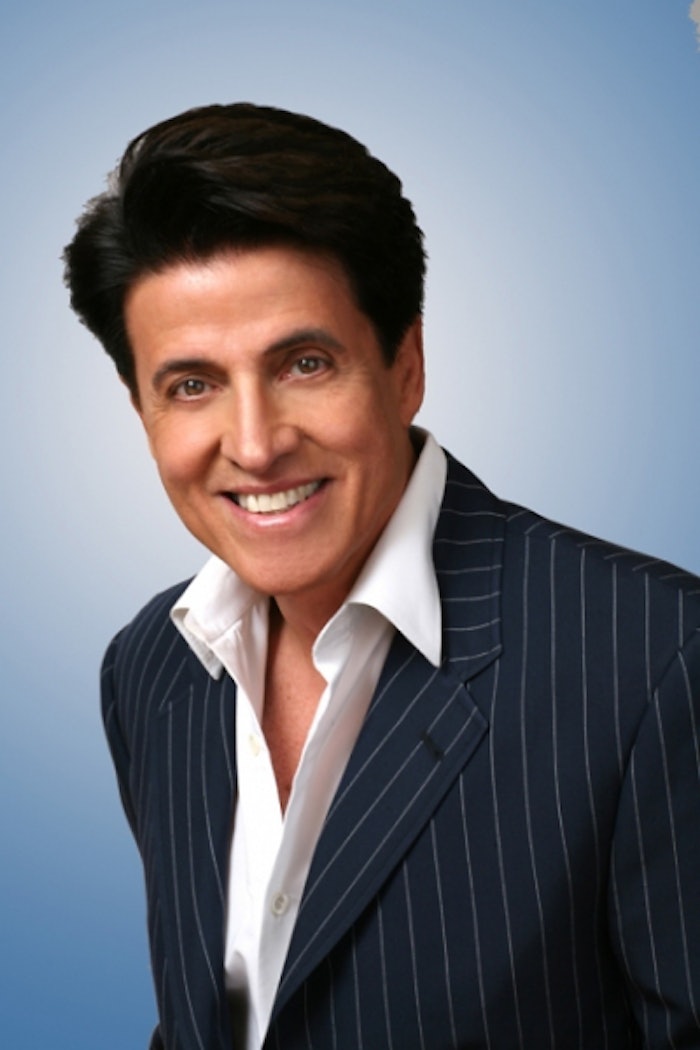
Every day most of us use an array of products on our skin, hair and body without every asking whether they are safe. While I am not a scientist or chemist, I have gained a lot of knowledge and gathered research throughout my 30+ years in the beauty industry, and know I am capable of giving advice on issues related to personal care products, cosmetics, styling and natural beauty.
An issue I am very passionate about is bringing light to the fact that many personal care and beauty products contain harsh and potentially damaging chemicals. If you take the time to read the product’s ingredients list, you will find many brands even advertise their products as being natural or organic, yet still contain harsh chemicals and unhealthy ingredients. Although there are many ingredients we are still learning about, based on scientific data and clinical studies, I recommend avoiding the following:
Parabens
Primarily used as a preservative in personal care and cosmetic products, Parabens possess estrogen-mimicking properties that are associated with increased risk of breast cancer. Studies have shown these chemicals are absorbed through the skin and have been identified in biopsy samples from breast tumors. Commonly listed as: Ethylparaben, butylparaben, methylparaben, propylparaben, other ingredients ending in –paraben.
Sulfates
A foaming and lathering agent, this ingredient can be found in the majority cleansing products, such as shampoos, body washes and face washes. SLS can potentially interact with other chemicals to form nitrosamines, a carcinogen, and may lead to issues as serious as kidney and respiratory damage. Sodium lauryl sulfate (SLS) and Sodium laureth sulfate (SLES) are common sulfates to avoid.
Phthalates
Used to increase the flexibility and softness, they are known to be endocrine disruptors and have been linked to increased risk of breast cancer, early breast development in girls, and reproductive birth defects in males and females. Unfortunately, it is not disclosed on every product as it's added to fragrances (remember the "secret formula" not listed), a major loophole in the law. The main phthalates in cosmetics and personal care products are dibutyl phthalate in nail polish, diethyl phthalate in perfumes and lotions, and dimethyl phthalate in hairspray. They can be found in deodorants, perfumes/colognes, hairsprays and moisturizers. Phthalates may be listed as: phthalate, DEP, DBP, fragrance.
Synthetic colors and dyes
Used to add color to products, many hair dyes and cosmetics get their darker, red-based colors from coal tar dye – a petroleum derivative that’s created using a mixture of harmful ingredients. While on its own coal tar can be effective in treating conditions like dandruff, eczema, and psoriasis, when mixed into a chemical cocktail it becomes an irritant that can cause blindness and contribute to the development cancer, neurological issues, ADHD and hyperactivity. Avoid products with colorings listed with FD&C and D&C.
Formaldehyde and formaldehyde-releasing preservatives
Commonly used to help prevent bacterial growth, studies have shown formaldehyde and formaldehyde-releasers can be absorbed through the skin and have been linked to allergic skin reactions and cancer. The ingredient may be found in many hair gels, hair smoothing products, nail products and color cosmetics, listed as: Formaldehyde, quaternium-15, DMDM hydantoin or formalin.
Propylene Glycol
Used in suntan lotions, moisturizers, lipsticks, shampoos and conditioners, it is a petro-chemical solvent used as a humectants to retain moisture when applied to the skin. Studies have linked it to liver abnormalities, kidney damage, and irritation to skin, eyes and respiratory passages.











